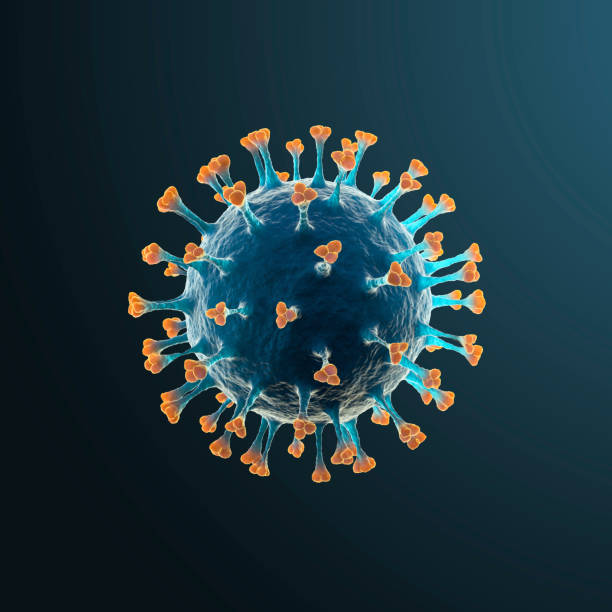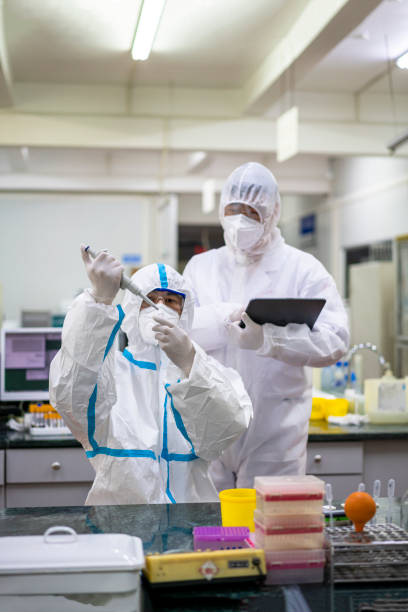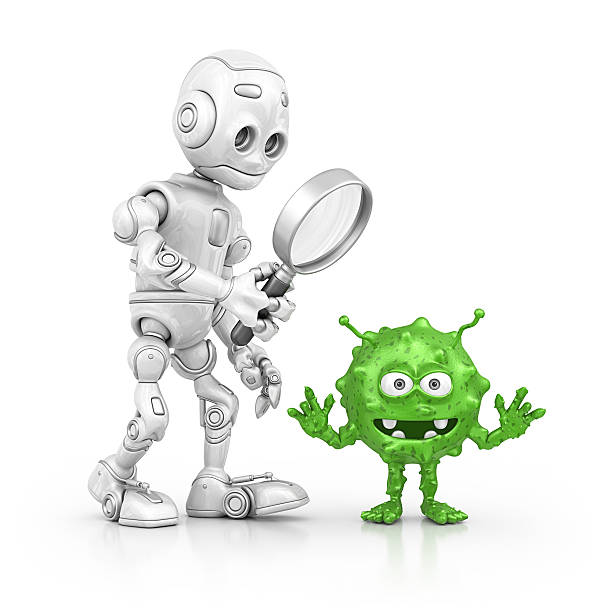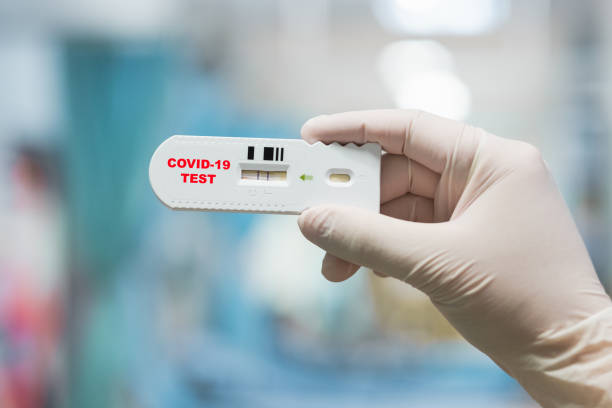Viral Infection – A virus is a little parasite that cannot live reproduce by itself. The virus infects a cell and directs the cell machinery to produce more viruses. The genetic material of a cell can either be RNA and DNA. The nucleic acid can either be double-stranded or single-stranded.

A virion is the infectious particle of a virus. The virion has an outer protein shell and contains the nucleic acid in the virion’s internal parts.
The simplest form of a virus has only RNA or only a DNA that encodes four proteins.
Read our popular article " Nursing Diagnosis For Acute Pain"
On the other hand, the virus’s most complicated structure contains a hundred to two hundred proteins. Many viruses can affect different types of cells.
Virus Vs Bacteria : Bacteria and Virus Infections
Most people assume that a virus and bacterial infection cause a viral disease caused by bacteria. The most crucial fact to distinguish a bacterial infection from a viral infection is that antibiotic drugs can treat and kill bacteria. On the other hand, it cannot be effective for a virus.
You need to understand the difference between viruses and bacteria to determine whether a it is a viral infection or a bacterial infection. (Prussin, 2015)
Bacterial Infection:

A bacteria has one single-cell microorganism that can be found in many different parts of an environment. Some types of bacteria can stay in a cold environment, while others can sustain a hot environment.
Bacteria can be beneficial to the body because they live in the intestines can contribute to the digestion of the food in the intestines.
Most bacterial infections are harmless. However, there are exceptions of those that can cause massive damage to your health. Some of the harmful bacteria include tuberculosis and strep throat. A bacterial virus is a virus that injects its genome into a host bacteria, creating a production of new viruses and viral DNA.
Viral Infections :

The virus is smaller than bacteria, and it requires a host to survive and reproduce. Viruses need cell machinery so that they can produce other viruses. When a virus gets to your body, it takes over some of your cells to make it a home. An example is the HIV Virus. It affects white blood cells. A viral infection is a proliferation of a dangerous virus in the human body.
Viral infections can be a minor particle in an individual; however, it can be very severe for a weak immune system. An example is the coronavirus infection. Once it invades your body and you happen to have a weak immune system, you can get very sick, making you even more vulnerable.
How Long Are Viral Infections Contagious?
Viral infections can be contagious for as long as two weeks. The viral symptoms in a human body can be worse in the first two and three days. It is at this stage that you are likely to spread the virus faster. However, the viral infection can be more contagious depending on your immune system. For some, it will not go as far as two weeks to get fully notice all the symptoms because they may be having a week immune system.
Those with healthy immune systems can go for more than two weeks, but they get to heal faster when they get medication. (Zheng, 2017)
Corona Virus – Viral Infection
Corona Virus disease is an infectious disease that is a result of the coronavirus infection. It is the most recent viral infection that has become a global pandemic affecting most parts of the world from 2019 to 2020. (WHO, 2020) Corona Virus is a new virus to eth medical department, and therefore no vaccine has been confirmed so far. People who have a robust immune system experience mild to moderate respiratory complications and can get well faster without requiring special treatment.

Patients who are old have a weak immune system, which is why they get infected and succumb to the virus quickly compared to other patients. Also, patients who already have chronic ailments such as diabetes, asthma, cardiovascular diseases, and cancer succumb to the virus faster. Because their immune system is already fighting other conditions, coronavirus makes it weaker and is no longer strong enough to fight all the underlying infections and diseases.
Corona Preventive Measures :
To prevent the viral infection from spreading, people need to eliminate all possible ways to get to their body system. The infection spreads through contact with the virus. The virus is evident in droplet particles from an infected person. The viral particles are from the coughing and sneezing of an infected person. To protect yourself from contact with the particles, it is essential to wear a protective mask. (Deng, 2020)

It is also advisable to visit the nearest health facility when you get sick or notice any COVID-19 symptoms. Seek medical attention as soon as possible to be in a position to get a quick recovery.

You should avoid congested areas and adhere to social distance instructions in public places. Additionally, wash your hands with soap or use a hand sanitizer if you have been in contact with an infected person.
It would be best if you were well educated on COVID-19, which is the disease caused by the virus. By being educated, you will be able to slow down the transmission of the virus and even prevent the infection. Protect your health as well as the health of other people.

It essential that you avoid touching your face and the eyes to prevent the virus from getting into your body system. (Chen, 2020) Additionally, observe respiratory etiquette such as coughing and sneezing into your flexed elbow. Moreover, adhere to the protocols and live updates given by the World Health Organization so you can prevent being a victim of coronavirus infection.
Conclusion
A virus is a microscopic organism that can be very infectious to a human being’s body. It affects vital organs of the human body and, therefore, can cause severe ailments. The virus affects human health, and it may take longer for a human being to heal. In some cases, a viral infection is not curable. For some, it can be cured by using a vaccine that will also help the patient not infect others or get sick again.
The best thing to do is to adhere to the precautions stated by WHO. Protect your health as well as the health of others.
References
Prussin, A. J., Garcia, E. B., & Marr, L. C. (2015). Total concentrations of virus and bacteria in indoor and outdoor air. Environmental Science & Technology Letters, 2(4), 84-88.
Zheng, T., Finn, C., Parrett, C. J., Dhume, K., Hwang, J. H., Sidhom, D., … & Huo, Q. (2017). A rapid blood test to determine the active status and duration of acute viral infection. ACS infectious diseases, 3(11), 866-873.
World Health Organization. (2020). Coronavirus disease 2019 (COVID-19): situation report, 72.
He, F., Deng, Y., & Li, W. (2020). Coronavirus disease 2019: What we know?. Journal of medical virology, 92(7), 719-725.
Chen, M. J., Chang, K. J., Hsu, C. C., Lin, P. Y., & Liu, C. J. L. (2020). Precaution and prevention of coronavirus disease 2019 infection in the eye. Journal of the Chinese Medical Association.

2 comments
[…] Read our popular article " How Long Are Viral Infections Contagious?" […]
[…] Read our popular article " How Long Are Viral Infections Contagious?" […]
Comments are closed.